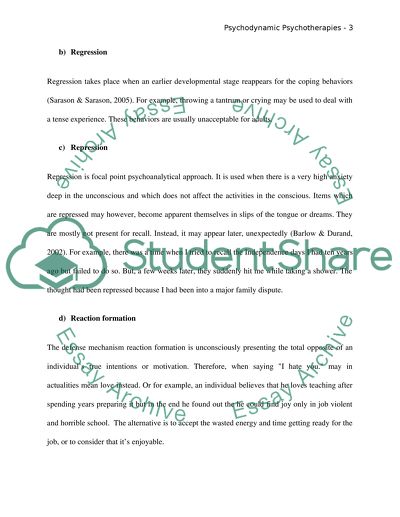Cite this document
(Psychodynamic Psychotherapies - Benefits and Shortcomings Coursework, n.d.)
Psychodynamic Psychotherapies - Benefits and Shortcomings Coursework. Retrieved from https://studentshare.org/psychology/1553362-psychodynamic-psychotherapy
Psychodynamic Psychotherapies - Benefits and Shortcomings Coursework. Retrieved from https://studentshare.org/psychology/1553362-psychodynamic-psychotherapy
(Psychodynamic Psychotherapies - Benefits and Shortcomings Coursework)
Psychodynamic Psychotherapies - Benefits and Shortcomings Coursework. https://studentshare.org/psychology/1553362-psychodynamic-psychotherapy.
Psychodynamic Psychotherapies - Benefits and Shortcomings Coursework. https://studentshare.org/psychology/1553362-psychodynamic-psychotherapy.
“Psychodynamic Psychotherapies - Benefits and Shortcomings Coursework”. https://studentshare.org/psychology/1553362-psychodynamic-psychotherapy.


